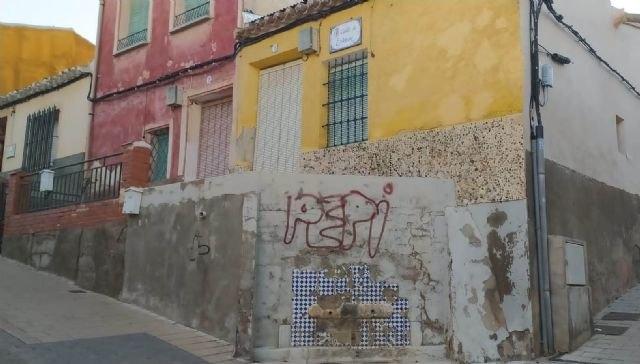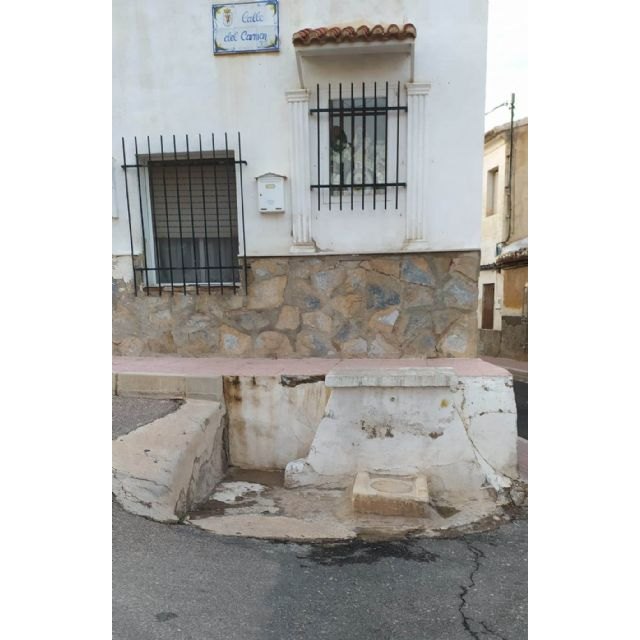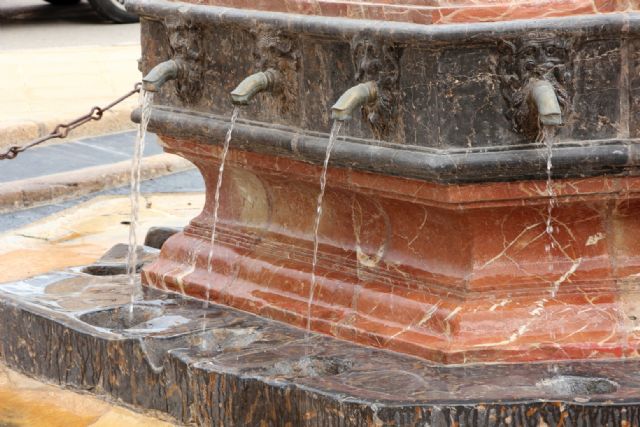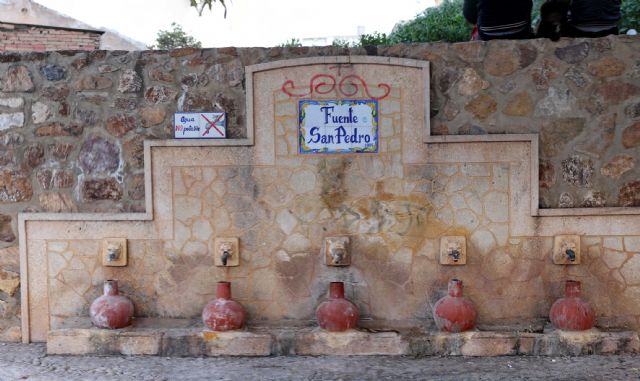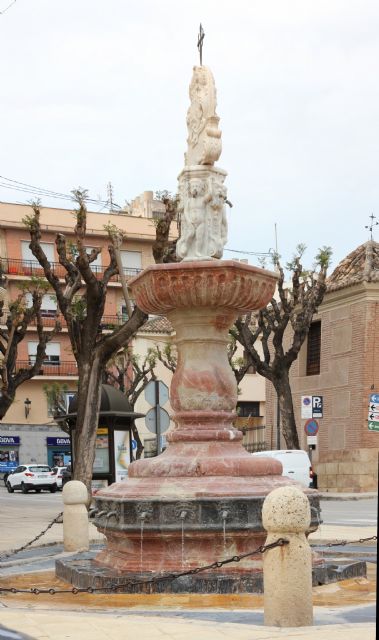| The City Council will promote a Plan for the Recovery of the Preserved Sources in the urban area, with the incorporation of pottery elements into their surroundings | The Totana City Council is going to promote a Plan for the Recovery of the Preserved Fountains in the urban area, with the incorporation in its surroundings of pottery elements made by local artisans, which encourages the recovery of its original appearance as far as possible. This initiative comes to fulfill a plenary agreement, established last June unanimously, at the proposal of the Municipal Group Ganar Totana-IU. The presence of water in Totana is living heritage through the presence of different infrastructures related to its use, such as arches, arches, aqueducts, ponds or cisterns that mark the territory. Among these elements, the various sources that still exist in various parts of the urban area stand out, and that in some way represent the importance that the water supply had for the population throughout the centuries. The most representative is the Fountain of the Plaza, which provided water to the Seville neighborhood, preventing the population from moving to the more remote Fountain of the Tejera del Prado. Although there are still other sources distributed in different areas, part of them associated with the arrival of the Taibilla water in the 1950s.
These were distributed in different corners of the city such as Piqueras, Parras, Peligros, Mellado streets, Raso Andreo, Plaza de la Maderera, and so on. The majority, today, are missing, sponsored by the arrival of water to the houses in a generalized way.
For others, their current state is the result of the relegated role that recent history has given them, not for this meaning that they do not present a formidable ethnographic value for citizens. Water is also closely linked to the development of the trade that characterizes Totana since its configuration as a Villa in the 16th century, pottery. Some of these fountains had scenographed frames with tiles of different colors, as in the case of the Fuente de la Calle Peligros at the junction with Calle San Esteban.
In fact, in Carrer del Carmen, under the homonymous niche, the original fountain is still preserved, in which the file of cataloged properties of the municipality fits in the 19th century. This has lost part of its original stone structure, but it still preserves the part where the ceramic containers were supported for the storage and transport of water. In this sense, in the San Pedro fountain, associated with the Arch of San Pedro or Las Ollerķas from the 18th century, this action has been staged with the placement of a set of jugs that collect this element.
Both these elements and the environment are damaged by various acts of vandalism, eclipsing the beauty of this environment. Therefore, the Plenary believed it appropriate to retake the scene of the fountains, with the collaboration of the potters of Totana, which allow to provide adequate frameworks to the environment of these fountains that are still preserved, thus helping to revalue the urban image of this municipality.


